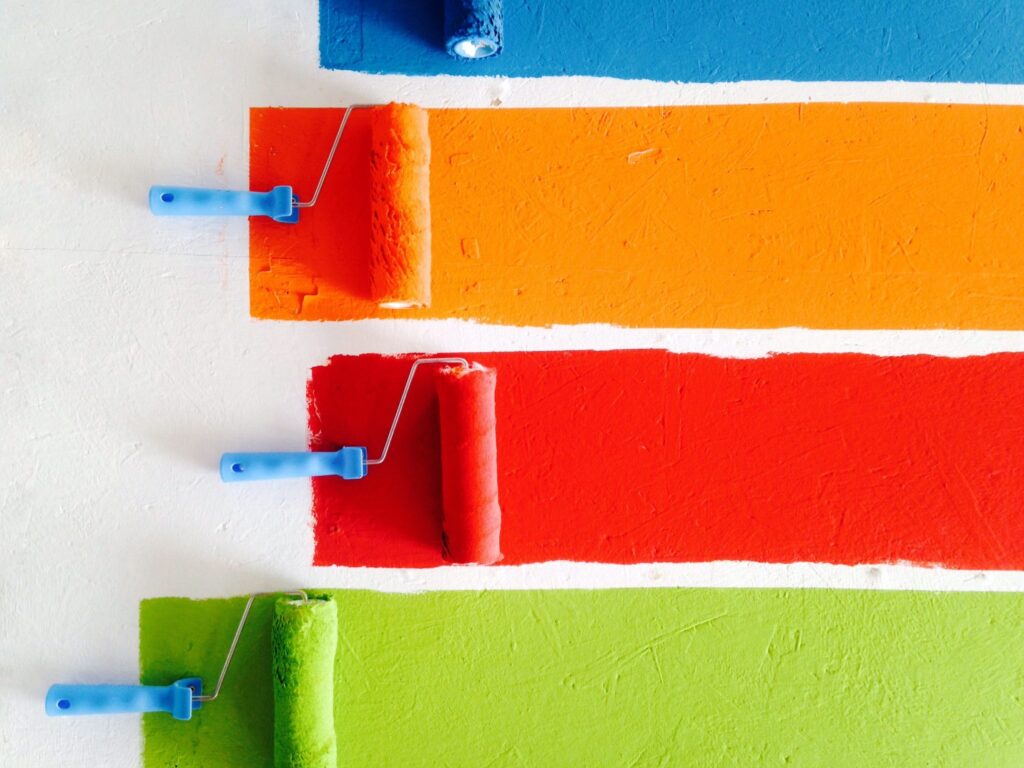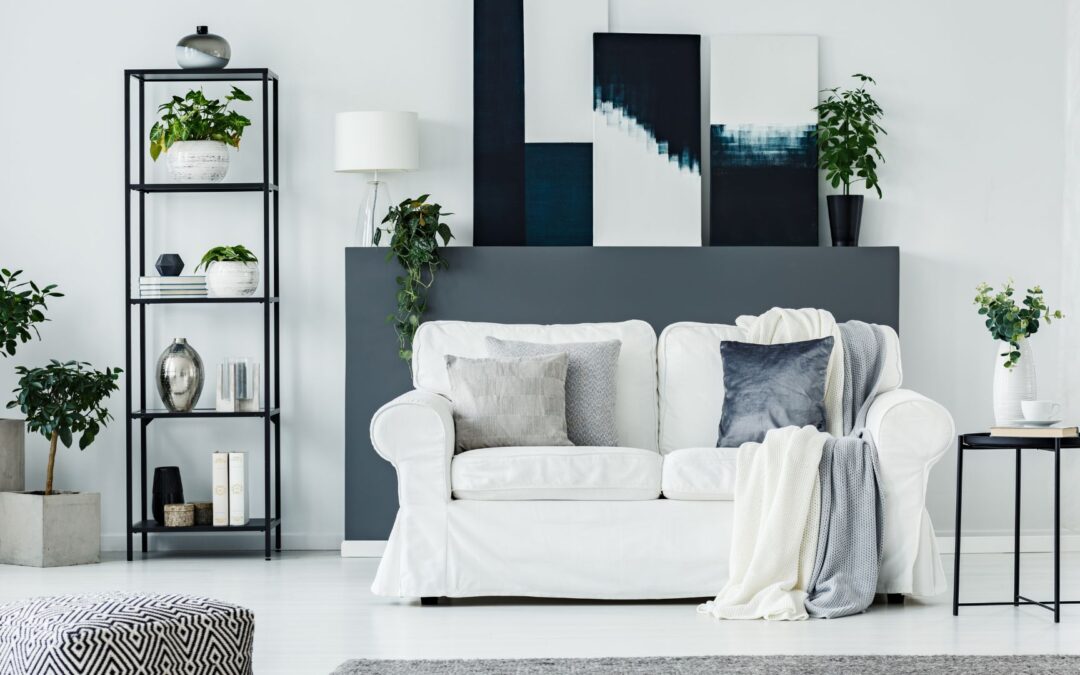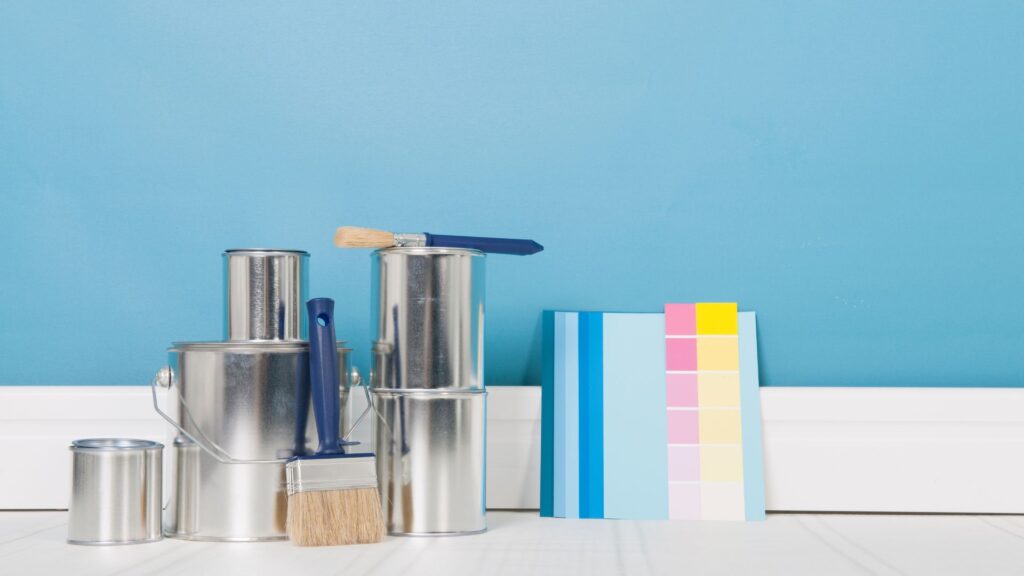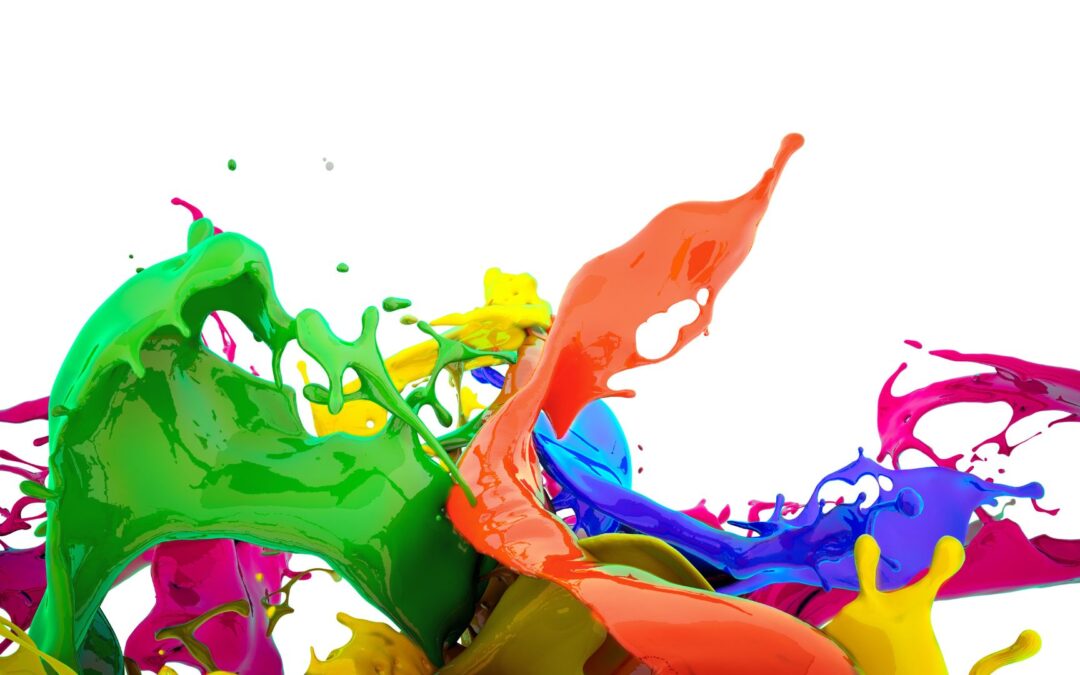
Exterior Painting in Atlanta: Boosting Curb Appeal with a Fresh Coat
When it comes to making a lasting impression, first impressions count – and this couldn’t be truer than in the vibrant city of Atlanta. Nestled in the heart of the South, Atlanta boasts unique architectural styles that make its neighborhoods stand out. In this blog, we’ll explore the art of exterior painting in Atlanta and how it plays a pivotal role in elevating your property’s curb appeal. As we delve into the details, you’ll discover the key factors to consider, from choosing the perfect paint colors to the nitty-gritty of the painting process, all designed to transform your home into a true Southern gem.
Understanding Exterior Painting
Exterior painting is the transformative process of applying fresh coats of paint to the exterior surfaces of a building or home. This essential maintenance task not only enhances the aesthetic appeal of the property but also provides protection against the harsh elements, such as rain, sun, and humidity. Whether you’re aiming to refresh the look of your home, boost its value, or simply safeguard its structural integrity, understanding the nuances of exterior painting is key to achieving long-lasting and striking results.
Benefits of Exterior Painting
Exterior painting offers numerous benefits that go beyond just improving the aesthetics of your home. Here are the key advantages:
Improved Curb Appeal
Exterior painting is a surefire way to instantly elevate the visual appeal of your property. A fresh coat of paint in the right colors can breathe new life into your home, making it stand out in the neighborhood and leaving a positive impression on visitors and potential buyers.
Protection Against the Elements
Beyond aesthetics, exterior paint serves as a vital protective shield against Mother Nature’s forces. It acts as a barrier against rain, sun, wind, and moisture, preventing structural damage, rot, and decay. Properly maintained paintwork ensures your home remains resilient against the ever-changing weather conditions.
Increased Property Value
One of the most compelling benefits of exterior painting is its potential to significantly boost your property’s value. A well-maintained and freshly painted exterior can substantially increase the perceived worth of your home, making it a more attractive prospect to prospective buyers and potentially resulting in a higher resale price.
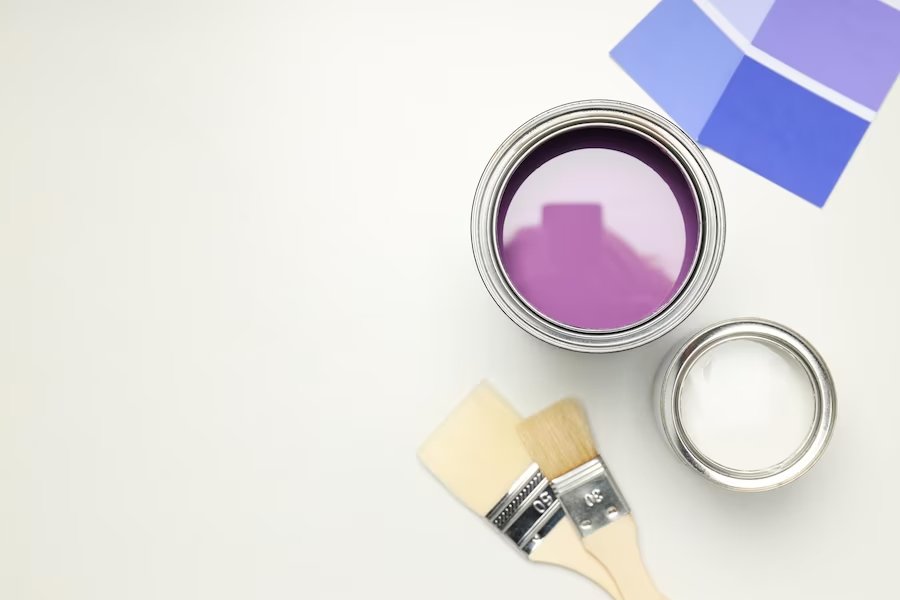
Planning Your Exterior Painting Project
Planning your exterior painting project is a crucial step toward achieving a successful and lasting transformation for your home. In this section, we’ll explore key considerations for a well-executed project:
Setting a Budget
Before you start, establish a clear budget that covers all aspects of your exterior painting project, from materials to labor costs. Having a realistic budget in place helps you make informed choices and prevents overspending.
Choosing the Right Time of Year
Timing is critical in exterior painting. Consider your local climate and select a season with stable weather conditions, preferably when temperatures are moderate and rain is minimal, to ensure the paint adheres and dries properly.
Selecting the Right Paint and Finishes
The type of paint and finishes you choose can impact the longevity and appearance of your paint job. Evaluate your options, taking into account factors like durability, color retention, and resistance to weather and UV damage.
Hiring Professional Painters vs. DIY
Decide whether to tackle the project yourself or hire professional painters. Assess your skill level, the size and complexity of the job, and your available time. Professionals bring expertise and efficiency but come at an additional cost, while DIY projects can be more budget-friendly but require time and effort.

Preparing Your Home for Painting
Preparing your home for painting is a crucial step in ensuring a successful and long-lasting exterior paint job. Proper preparation sets the foundation for a smooth and even finish while helping to prevent issues like peeling, chipping, or premature wear and tear. In this section, we’ll delve into the essential steps involved in preparing your home for painting, ensuring that your project not only looks great but also stands the test of time.
- Inspection and Repairs: Begin by conducting a thorough inspection of your home’s exterior. Identify any areas that require repairs, such as damaged wood, cracks, or rot. Addressing these issues before painting is essential to prevent them from worsening over time.
- Cleaning and Surface Preparation: Clean the surfaces to be painted to remove dirt, grime, and any loose or peeling paint. Pressure washing is often an effective method. Properly prepared surfaces ensure that the paint adheres well and provides a smooth finish.
- Removing Obstacles and Covering Plants: Before you start painting, move outdoor furniture, decorations, and any other obstacles away from the work area. Protect plants, shrubs, and landscaping by covering them with drop cloths or plastic sheets to prevent accidental paint splatters.
- Safety Precautions: Ensure safety during the preparation phase by using appropriate safety gear, such as goggles, masks, and gloves. If you’re working at heights, use ladders or scaffolding following safety guidelines.
- Priming: Depending on the type of paint you’re using and the condition of your home’s exterior, you may need to apply a primer before the paint. Primer helps the paint adhere better and can also block stains or imperfections.
Choosing the Perfect Paint Colors
Selecting the perfect paint colors for your exterior is a pivotal decision that can significantly influence the overall look and feel of your home. In this section, we’ll explore key considerations and strategies to help you make informed choices and achieve the ideal color scheme for your property.
Factors to Consider When Selecting Colors
- Architectural Style: The style of your home should guide your color choices. Traditional styles often favor classic and muted colors, while contemporary designs may embrace bold and unconventional hues.
- Existing Features: Take into account existing elements like your roof, stonework, and landscaping. Your paint colors should complement these features rather than clash with them.
- Climate: Consider the climate in your region. Lighter colors can reflect heat in hot climates, while darker colors may provide warmth in colder regions.
- Neighborhood Aesthetics: Ensure your color choices harmonize with the overall look of your neighborhood. While you want your home to stand out, it should do so in a way that complements the surrounding homes.
- Personal Preferences: Your own taste matters. Choose colors that resonate with you and create a sense of comfort and satisfaction.
Tips for Matching the Paint to Your Home’s Style
- Research: Study homes with a similar architectural style to yours and note their color schemes. This can provide inspiration and insights into what works well.
- Historical Accuracy: If you have a historic home, consider researching its original color palette to maintain historical accuracy.
- Accent Colors: Think about using accent colors for doors, shutters, and trim to add visual interest and complement your primary color choice.
- Undertones: Pay attention to the undertones of paint colors. Some colors may have warm undertones (red or yellow), while others have cool undertones (blue or green). Ensure these undertones align with your home’s style.
- Test Swatches: Paint small sections of your home with potential colors to see how they look in different lighting conditions. This helps you make an informed decision.
Using Color Samples to Make the Final Decision
To visualize how your chosen colors will appear on your home, obtain paint samples and apply them to a small, inconspicuous area or a large poster board. Observe how the colors change throughout the day under varying lighting conditions. This step allows you to fine-tune your choices and see how they harmonize with your home’s architecture and surroundings. Don’t rush this process; taking your time with color samples can help you make a confident and well-informed final decision.

The Painting Process
The painting process involves several key steps to achieve a beautiful and long-lasting finish. Here are the five essential stages:
1. Surface Preparation
The first step is to prepare the surface to be painted. This involves cleaning the area to remove dust, dirt, and loose paint. Repairs, such as patching holes and sanding rough spots, are essential to create a smooth canvas for the new paint. Proper surface preparation is crucial for paint adhesion and durability.
2. Priming
After preparing the surface, applying a primer is often necessary. Primer helps the paint adhere better and provides a uniform surface for the topcoat. It can also block stains and prevent the underlying surface from showing through. Choosing the right primer depends on the type of surface and paint being used.
3. Paint Application
The actual painting is the most visible part of the process. Whether using brushes, rollers, or sprayers, it’s essential to apply the paint evenly and consistently. Start with the edges and corners, then work your way to larger areas. Multiple coats may be needed to achieve the desired color and coverage. Take care to avoid drips and ensure a smooth finish.
4. Drying and Curing
After applying the paint, it needs time to dry and cure. Drying is the process by which the solvents in the paint evaporate, leaving the pigment and binders behind. Curing involves the paint hardening over time, reaching its maximum durability and finish. It’s crucial to follow manufacturer recommendations for drying and curing times.
5. Clean-Up and Inspection
Once the paint has dried and cured, it’s time for clean-up. Remove painter’s tape, clean brushes and tools, and dispose of paint waste properly. Inspect the painted surface for any imperfections, such as missed spots or uneven coverage, and touch up as needed. A thorough inspection ensures a professional and long-lasting result.
Maintaining Your Newly Painted Exterior
Maintaining your newly painted exterior is crucial to preserving its beauty and protecting your investment. Regular upkeep includes inspecting for any signs of wear, such as peeling or fading, and promptly addressing them with touch-ups. Cleaning the surface to remove dirt, mildew, or stains helps maintain the paint’s appearance and longevity.
Additionally, periodic inspections of the home’s exterior allow you to catch potential issues early, preventing more extensive and costly repairs down the road. By dedicating time to care for your painted surfaces, you can ensure they remain vibrant and well-protected for years to come.
Exterior painting is not just about enhancing your home’s curb appeal; it’s an investment in its longevity and value. From choosing the right colors to meticulous preparation and skilled application, each step plays a vital role in achieving a stunning and durable finish. If you’re ready to transform your home’s exterior, don’t hesitate to contact us or visit our website today to explore our painting services and embark on your journey to a more beautiful and protected home.


